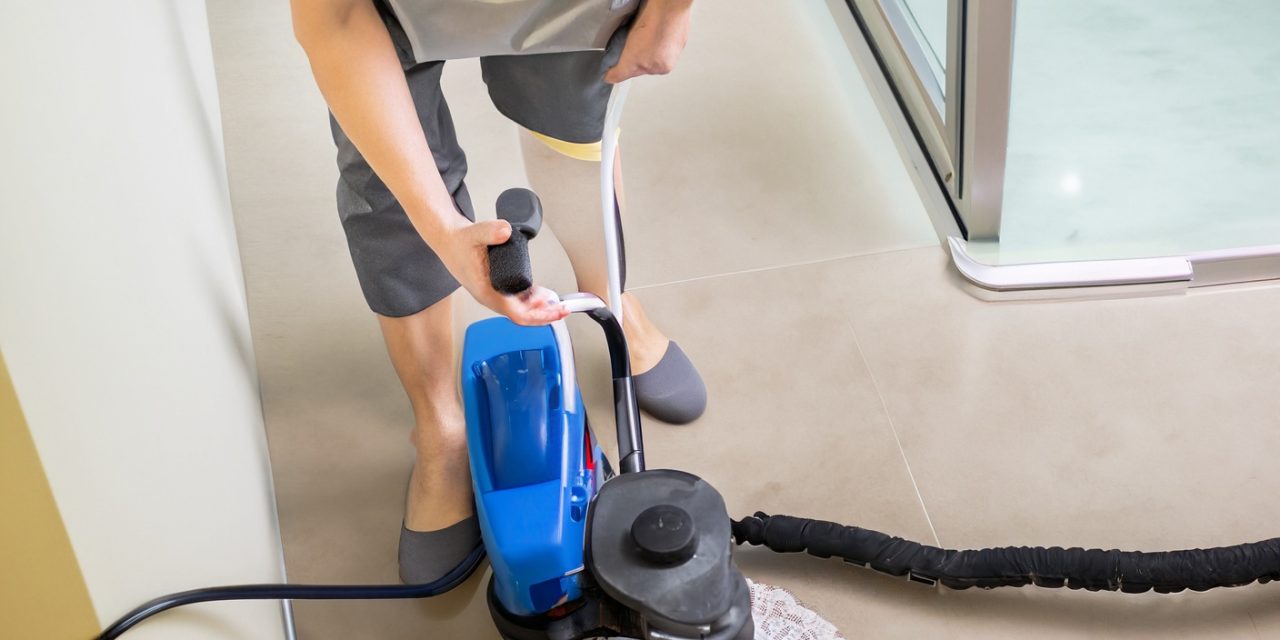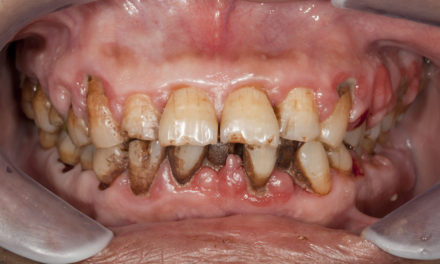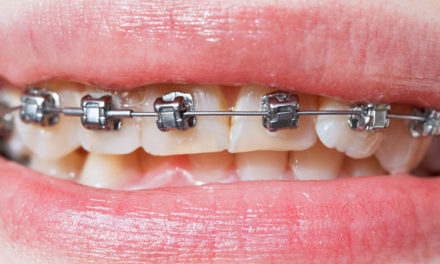This article looks at the paper “Airborne particle dispersion around the feet of surgical staff while walking in and out of a bio-clean operating theatre – S. Sunagawa et al”.
What were the results of the study?
The study found that when participants walked into and out of the operating theatre, many airborne particles were dispersed around their feet, and more particles were scattered and carried by the turbulent flow created by the participants when they moved as a group rather than as individuals. The number of airborne particles increased when the participants moved as a group, and the particulates were carried to an area above the instrument table by turbulent flow generated by the single-file movement of the participants moving as a group. The risk zone was higher and more expansive when the participants walked as a group compared to individuals. More particles, especially those 0.3e1.0 mm in size, were detected when the participants walked as a group than as individuals.
How can the findings of this study be applied to improve surgical procedures?
The findings of this study can be used to improve surgical procedures by providing insights into the generation and behaviour of airborne particles in the operating theatre. The study suggests that surgical staff should be aware of the potential for airborne particle dispersion around their feet and take measures to minimise the generation and spread of these particles. For example, staff could move more slowly and deliberately to reduce the turbulence generated by their movement or wear shoe covers to reduce the amount of particulate matter generated by their shoes. Additionally, the study highlights the importance of laminar airflow systems in reducing the risk of surgical site infections by minimising the number of airborne particles in the operating theatre.
What is laminar airflow, and how does it affect the dispersion of airborne particles?
Laminar airflow is a type of airflow that is used in operating theatres to reduce the number of airborne particles and minimize the risk of surgical site infections. In a laminar airflow system, the air is filtered and passed through a series of ducts and vents to create a uniform, unidirectional airflow across the operating table. This airflow is designed to move from the ceiling to the floor and from the cleanest area of the operating theatre to the least clean area.
Laminar airflow can affect the dispersion of airborne particles by reducing the number of particles in the operating theatre and directing the flow of air away from the surgical site. This helps to minimize the risk of surgical site infections by reducing the number of bacteria and other contaminants that can come into contact with the surgical site. However, it is essential to note that laminar airflow systems are not foolproof and that other measures, such as proper hand hygiene and personal protective equipment, are also necessary to prevent surgical site infections.












